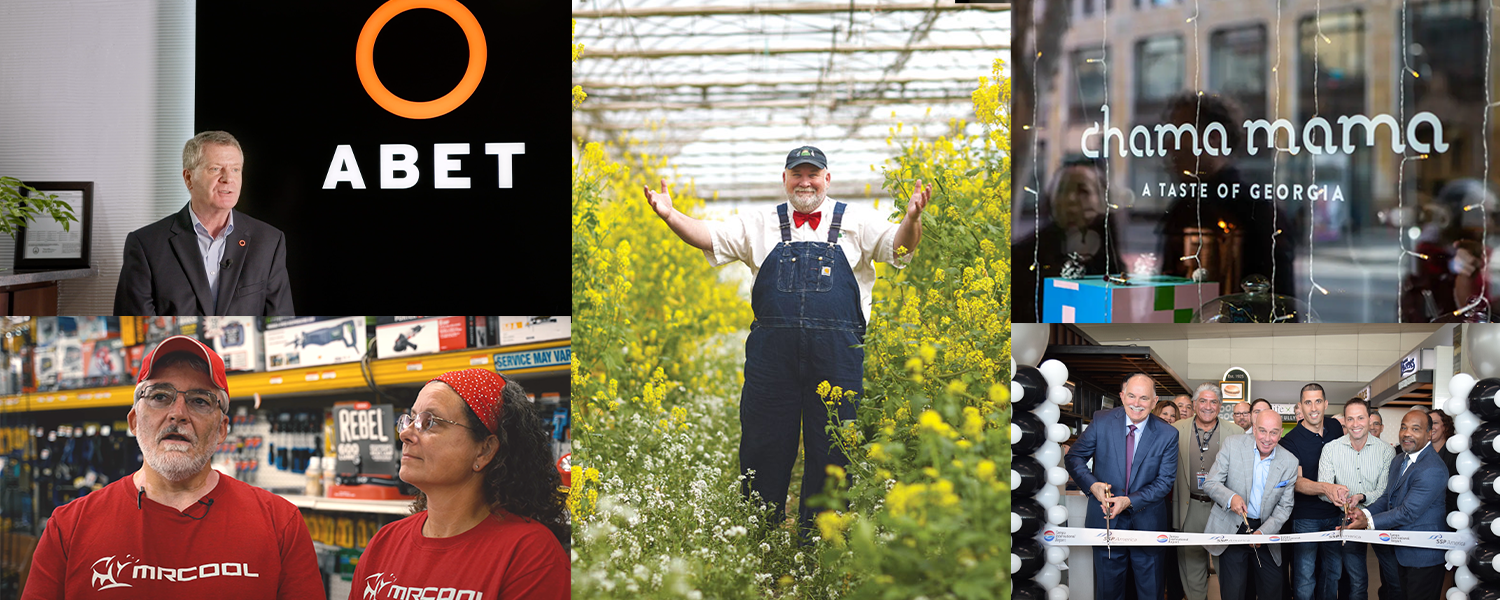Five Rounds with CEO Josh Wood on Agency Processes
What are agency processes? Why are they crucial? Josh Wood explains in this interview.
What follows is a Q&A session with Ruckus CEO Josh Wood regarding the need for processes to guide the work of creative and marketing firms. The interview was conducted in person, and Josh’s responses have been transcribed and condensed. We hope you find actionable insight in Josh’s expertise.
Question #1: To set some parameters, what are we talking about when we talk about process?
A: We’re talking about the steps that a firm takes to remove subjectivity from an industry that is inherently subjective. Specifically, that refers to the workshops, meetings, and check-ins that a firm builds into its project schedule in order to make sure that client stakeholders are updated and are having their voices heard as much as possible over the course of a project. So, the process is really a system of checkpoints. Rather than conducting a 6-month project in the dark and hoping to hit the mark, a process allows a firm to pass along deliverables to the client on a flowing basis, and to ask, “are we on the right track?” at every step along the way.
Question #2: What does a project look like if it doesn’t have a process?
A: Odds are, no creative or marketing firm operates without a process. Creating and delivering whatever the agency has been tasked to develop requires certain aspects of planning, research, and step-by-step creative work. So, the process is probably there. What might not be there is a clear, fleshed-out description of that process, laid out and shared with the client before the project even starts. That’s really what we refer to when we say “process.” When that’s not present, a project takes on considerable subjectivity, and it’s hard for the client to keep a clear perspective of what her money has gone toward.
For example, if an agency spends eight weeks researching, concepting, and designing a logo that turns out to be an imperfect fit, the client may wonder, “what is this, and why did it take so much time?” That response is a natural effect of the subjectivity at play in this industry. But if the agency has a well-crafted process, the client will have been briefed at regular intervals, the research will have been delivered to her, and the concepts will have been subjected to approval. This way, when that logo is delivered after eight weeks, the client will not only be more likely to love it, but she will understand and benefit from all the work that went into its creation.
Question #3: Does a process ever fail?
A: If a process is well thought out, it most likely only fails if it is not followed. That’s not to say there aren’t failures within a well-made process. The value of the process is it keeps these failures small and educational, whereas, in the absence of a process, they may have been catastrophic. In a way, a process encourages failures. By building consistent client feedback and interaction into the structure, a process allows agencies to swing bigger and try more creative concepts. What doesn’t work will be nipped in the bud, and what does work will let the agency go down roads it otherwise couldn’t have considered.
Question #4: What are some of the most crucial aspects of a good creative process?
A: A good process aligns business goals with design goals – it clearly lays out the many steps of the project and promises delivery of something tangible at each of those points. When it boils down to it, the most crucial aspect is an emphasis on communication. More specifically, the crucial ways that communication should be structured. The agency and client should have their expectations aligned for the project from the outset. This means that communication must be front-loaded, and it has to get all the stakeholders and decision-makers on the same page in terms of the expectations and goals of the project. Agreeing about the project’s goal early on in the process will keep the agency’s work focused and give all parties a way of measuring success.
Beyond that, the process should work like a sieve. It should build a structure that begins with a big-tent approach and whittles down with time, shaving off the things that aren’t working. In a marketing example, that means starting with a broad range of marketing methods and channels, including the basics as well as the long shots. Then, as results come in, you can measure the quality of each channel and isolate the most successful ones to deliver accordingly.
If a good process sounds analytical, it’s because it is. There’s allure in the marketing fantasy that an agency can be given a project and re-emerge a season later with some enlightened creative product. In reality, that process hurts an agency’s creativity and is likely to hurt the bottom lines of both parties. So, it’s not just about communication – it’s about structured communication that removes unnecessary subjectivity.
Question #5: What if a client isn’t a fan of the process that’s presented to them?
The process is there for a reason, and it’s there to benefit both parties. An agency willing to accept a project wholly on the terms of an outside party probably isn’t being pragmatic when it comes to choosing who to do business with. An unstructured project leaves the agency exposed to considerable risk if (knock on wood) issues arises from miscommunication or mistreatment.
That being said, there is of course room for flexibility. The clearly delineated process offered to a client or prospective client can adapt according to the needs and specifications of the project, as long as the new process adheres to the same fundamentals. It’s a matter of bending but not breaking. By all means customize the process, but abandon it at your own risk.




